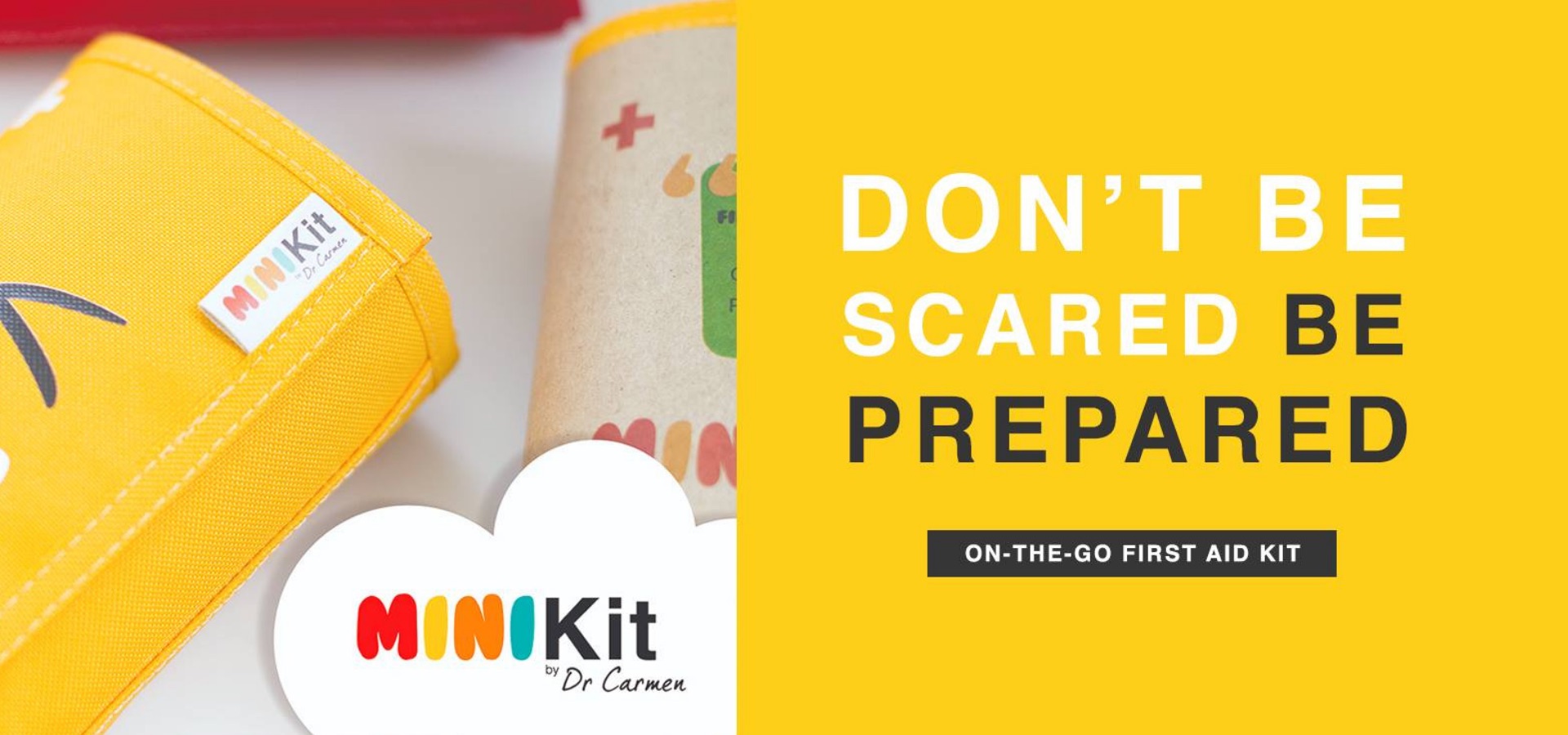Have you heard of a growth mindset? It’s become somewhat of a buzzword lately and that’s because it really does make a difference to a child’s ability to learn something and their confidence in trying new things.
A fixed mindset is one in which we say things like: “I can’t do that” or “I am not good at something”. It’s the belief that our abilities are fixed – that we are either clever or not, either sporty or not.
The growth mindset is the opposite. With a growth mindset we acknowledge that we can always improve with a bit of effort. We understand that our brains are not fixed, but constantly changing; that our abilities are not just genetic but influenced by what we do. We see that it is possible for all people to learn new things, even though it may be more of a challenge for some.
Why does this matter? Well, with a fixed mindset a child is less likely to try new things, and more likely to give up when something gets difficult – which can seriously limit their options in life. It also leads to misidentification and self-handicapping – protecting themselves from failure by either not investing their self-esteem or identity into something difficult, or having a good excuse ready for falling short.
So here are ten tips for maintaining and encouraging a growth mindset:
- Expose your children to information on how the brain changes and learns. Teach them that intelligence grows like a muscle and it needs challenge in order to get the right exercise.
- Don’t praise cleverness – praise effort. Focus on a child’s hard work rather than on the outcome of that work or on fixed measurements like IQ.
- Encourage failure. Praise children for giving something a go and for having the courage to face challenges. Let them celebrate their failures as a sign of being brave enough to try. Show them how failure leads to growth.
- Avoid superhero worship. Focus on everyday people who do amazing things through hard work and struggle.
- Tell them stories of your own doubts and challenges and how you made it through.
- Teach them to say, “How can I?” instead of “I can’t”. Using a question opens up creative thinking and stops the brain from giving up on the problem.
- Teach them to add “…yet” to the end of things they can’t do. For example, “I can’t do maths… yet”. This helps them to focus on what they still need to do to master something rather than on their current inability.
- Give them examples of others who have failed and succeeded e.g. basketball players missing more goals than they hit.
- Give them examples of where they have failed and succeeded e.g. struggling with a new computer game that they now play effortlessly.
- 10. Acknowledge their frustration when they are doing something difficult without jumping in and doing things for them.
Everything is difficult at first. Our kids often don’t get good role models of this because they see us doing things that we’ve done for years and years and of course these things look easy. Then they try to do these same things and struggle. We need to remind them that we also struggled once. In fact, everyone struggles to some degree with a new task. But with practice and a dedication to continue, everything gets easier. We were all born with the ability to learn and grow – not just some people.
trained in both in traditional therapy, with a BA in Psychology and a certification in Trauma Counselling, and in various alternative therapies including Neuro Linguistic Programming, Life Coaching, Hypnotherapy, Stress Biofeedback, and Time Paradigm Techniques. For more information, please visit her Website for further information
- WHY DO CHILDREN LIE? - October 29, 2024
- Raising Emotionally Intelligent Kids… - October 23, 2024
- ARE YOU ENCOURAGING YOUR CHILD TO REBEL WITHOUT KNOWING IT? - October 22, 2024





